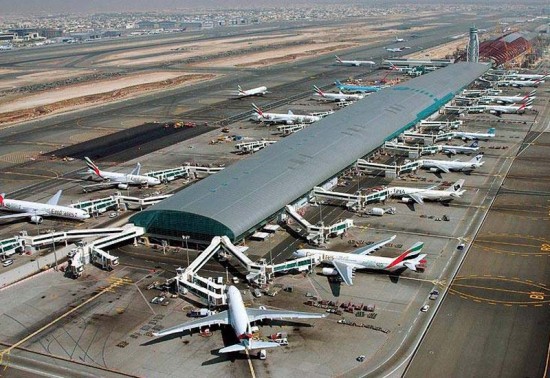Stamp: Airplane Douglas DC-4 over Tempelhof airport (Berlin 1949)
Airplane Douglas DC-4 over Tempelhof airport (Berlin 1949)
17 June (Berlin ) within release Berlin buildings goes into circulation Stamp Airplane Douglas DC-4 over Tempelhof airport face value 1 German mark
| Stamp Airplane Douglas DC-4 over Tempelhof airport in catalogues | |
|---|---|
| Michel: | Mi: DE-BE 57Xb |
Stamp is square format.
Also in the issue Berlin buildings:
- Stamp - Technical College face value 20;
- Stamp - Airplane Douglas DC-4 over Tempelhof airport face value 1;
- Stamp - Technical College face value 20;
- Stamp - Technical College face value 20;
- Stamp - Technical High School face value 20;
- Stamp - Airplane Douglas DC-4 over Tempelhof airport face value 1;
- Stamp - Airplane Douglas DC-4 over Tempelhof airport face value 1;
- Stamp - Airplane Douglas DC-4 over Tempelhof airport face value 1;
- Stamp - Airplane Douglas DC-4 over Tempelhof airport face value 1;
- Stamp - Technical College face value 20;
Stamp Airplane Douglas DC-4 over Tempelhof airport it reflects the thematic directions:
An aircraft (pl. aircraft) is a vehicle that is able to fly by gaining support from the air. It counters the force of gravity by using either static lift or the dynamic lift of an airfoil, or, in a few cases, direct downward thrust from its engines. Common examples of aircraft include airplanes, rotorcraft (including helicopters), airships (including blimps), gliders, paramotors, and hot air balloons.Part 1 (Definitions and Abbreviations) of Subchapter A of Chapter I of Title 14 of the U. S. Code of Federal Regulations states that aircraft "means a device that is used or intended to be used for flight in the air."
An airport is an aerodrome with extended facilities, mostly for commercial air transport. Airports usually consist of a landing area, which comprises an aerially accessible open space including at least one operationally active surface such as a runway for a plane to take off and to land or a helipad
Aviation is the practical aspect or art of aeronautics, being the design, development, production, operation and use of aircraft, especially heavier than air aircraft. The word aviation was coined by French writer and former naval officer Gabriel La Landelle in 1863, from the verb avier (synonymous flying), itself derived from the Latin word avis ("bird") and the suffix -ation.
A building or edifice is a structure with a roof and walls standing more or less permanently in one place, such as a house or factory. Buildings come in a variety of sizes, shapes and functions, and have been adapted throughout history for a wide number of factors, from building materials available, to weather conditions, to land prices, ground conditions, specific uses and aesthetic reasons. Buildings serve several needs of society – primarily as shelter from weather, security, living space, privacy, to store belongings, and to comfortably live and work. A building as a shelter represents a physical division of the human habitat (a place of comfort and safety) and the outside (a place that at times may be harsh and harmful).




